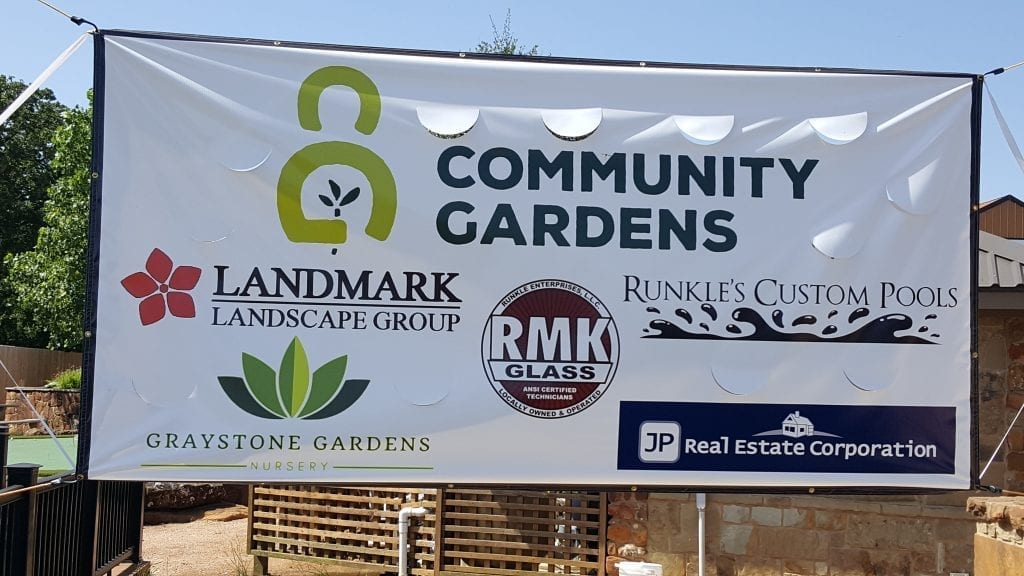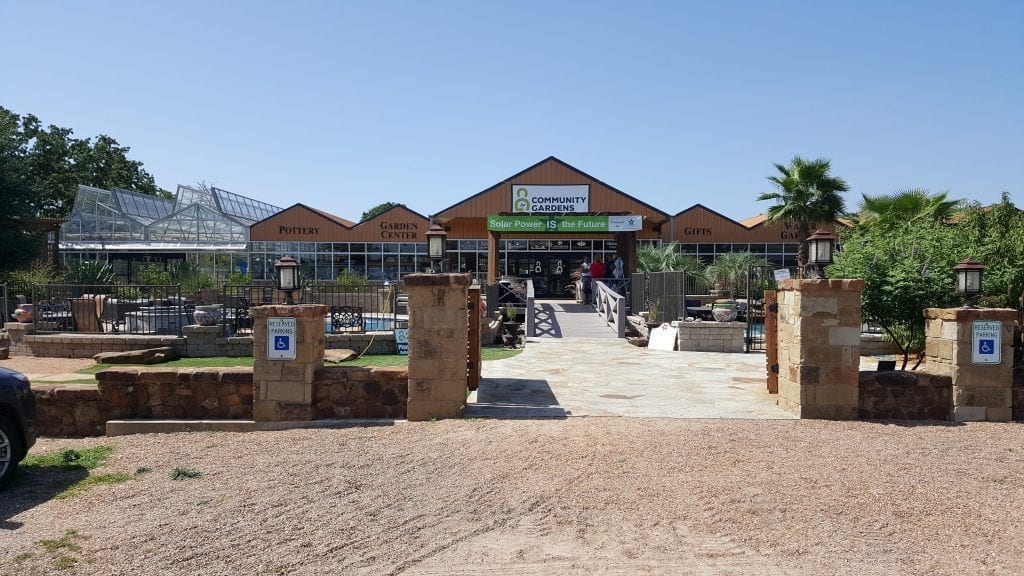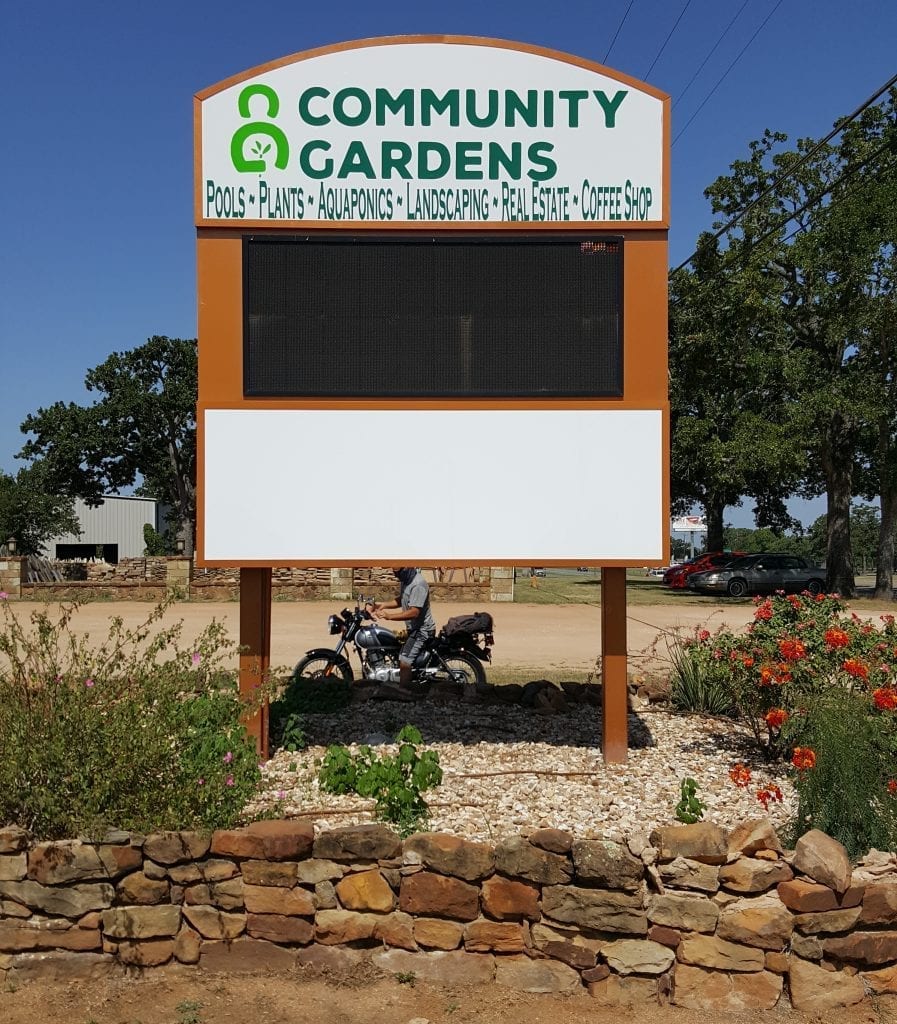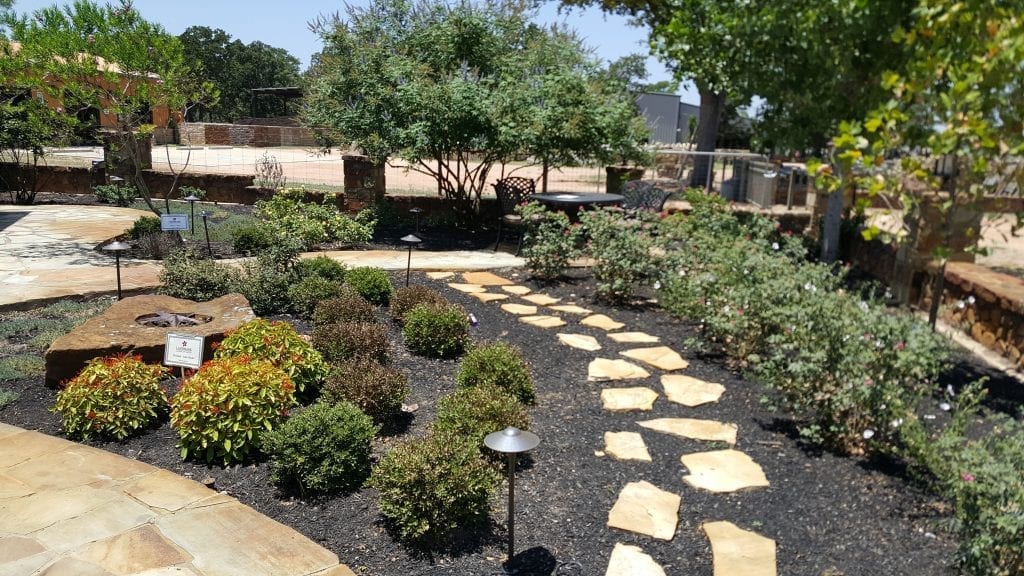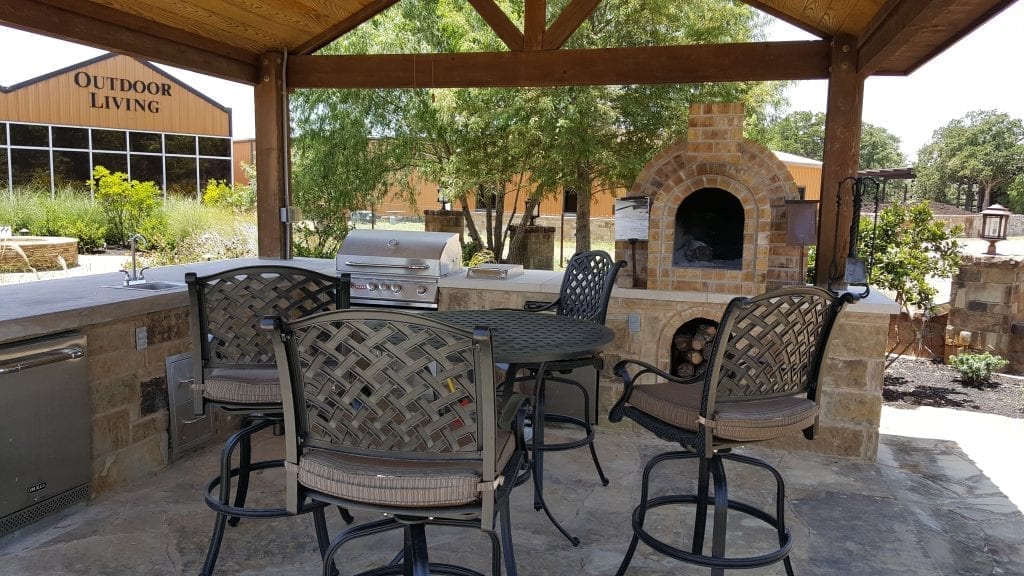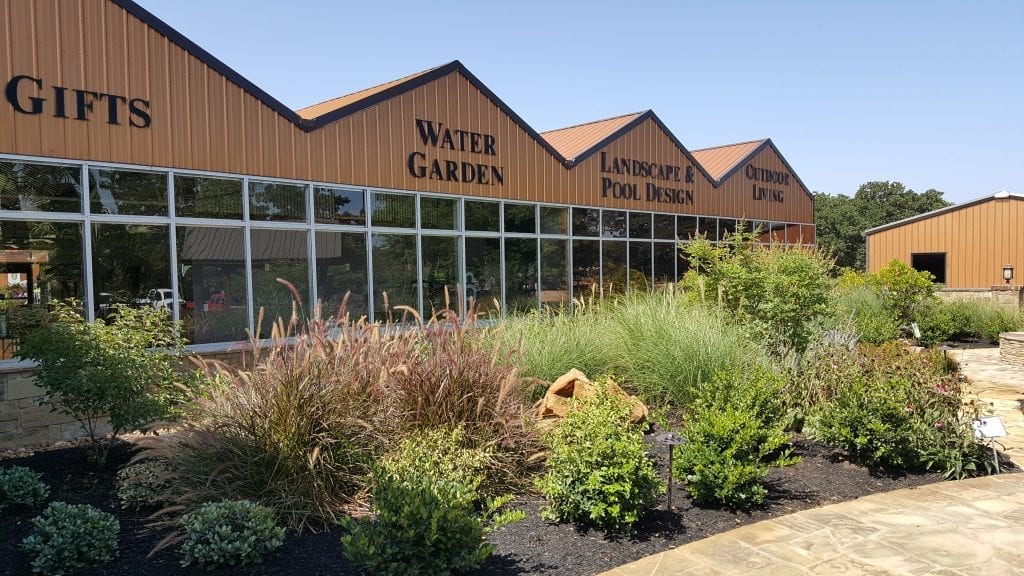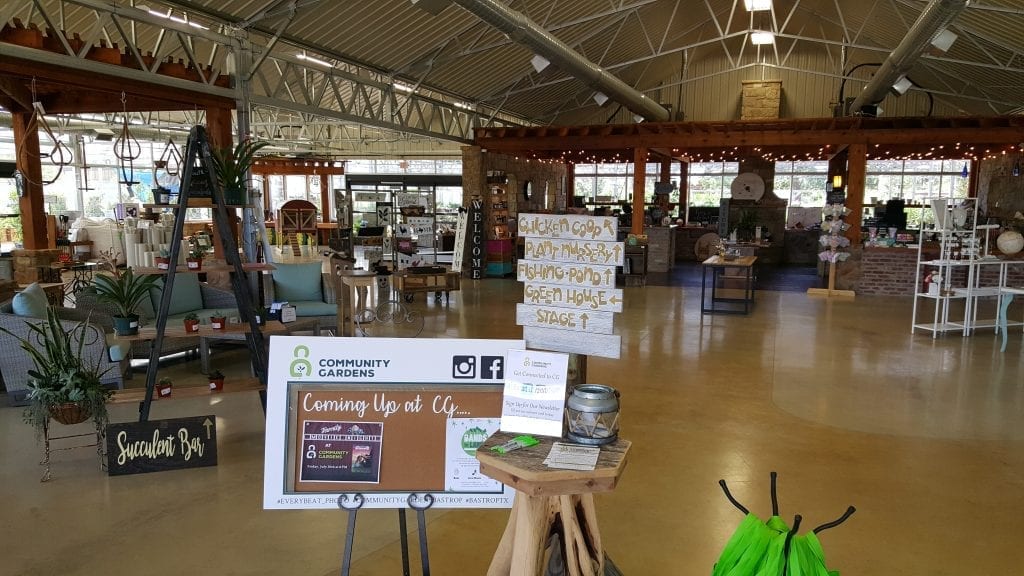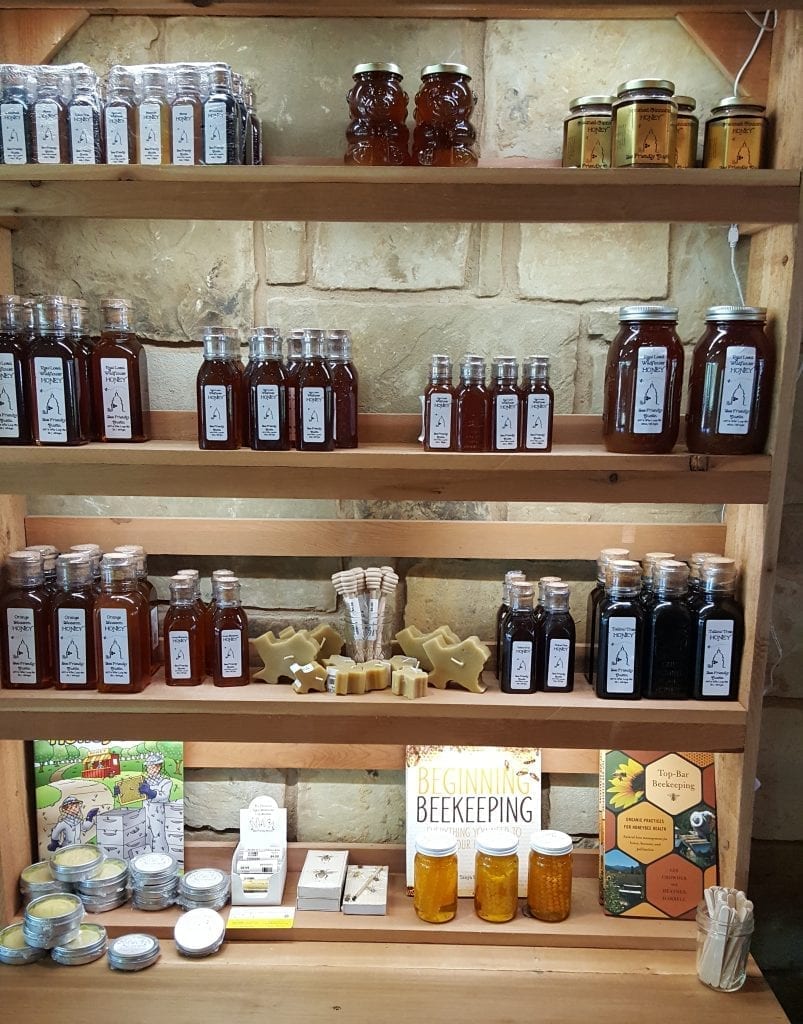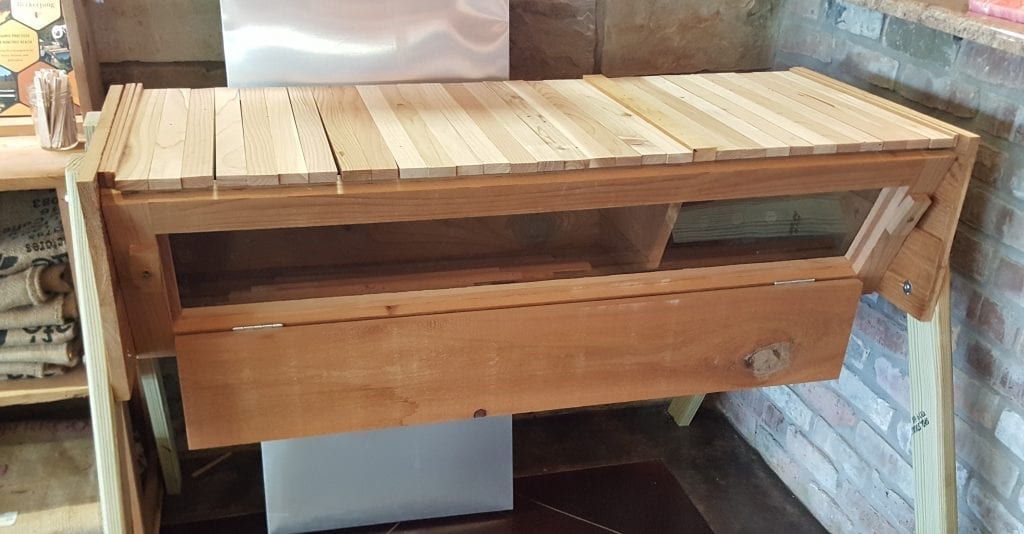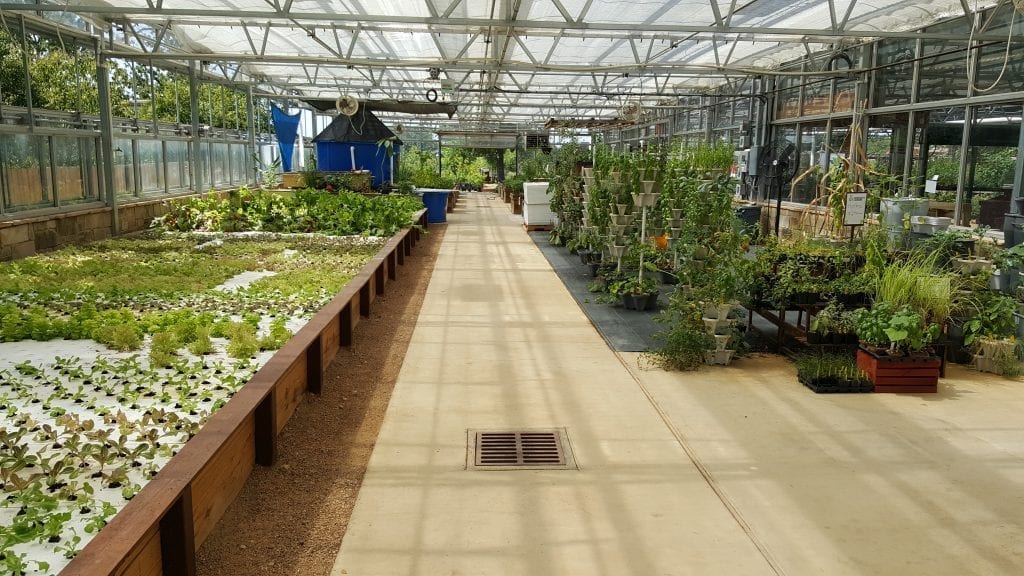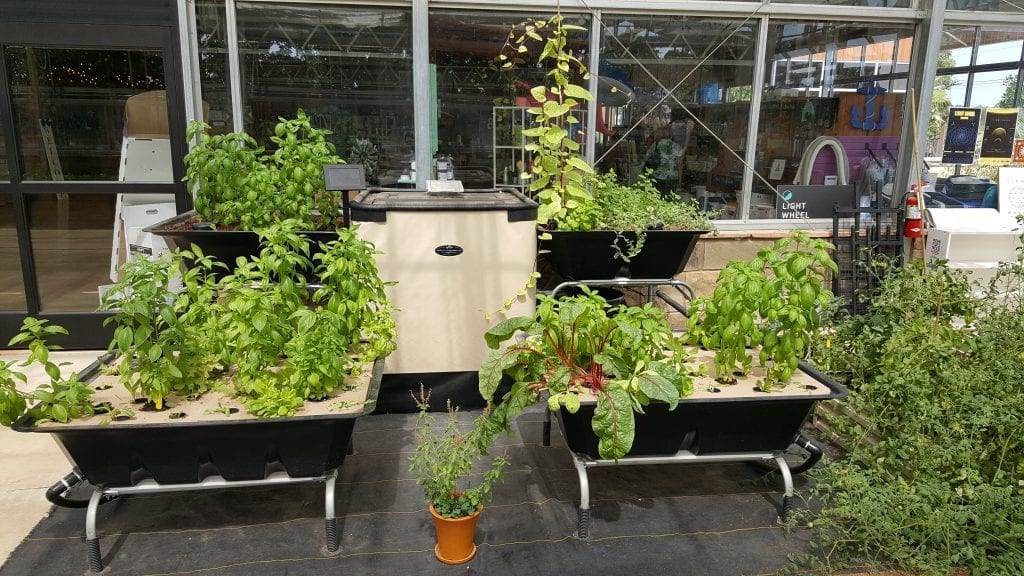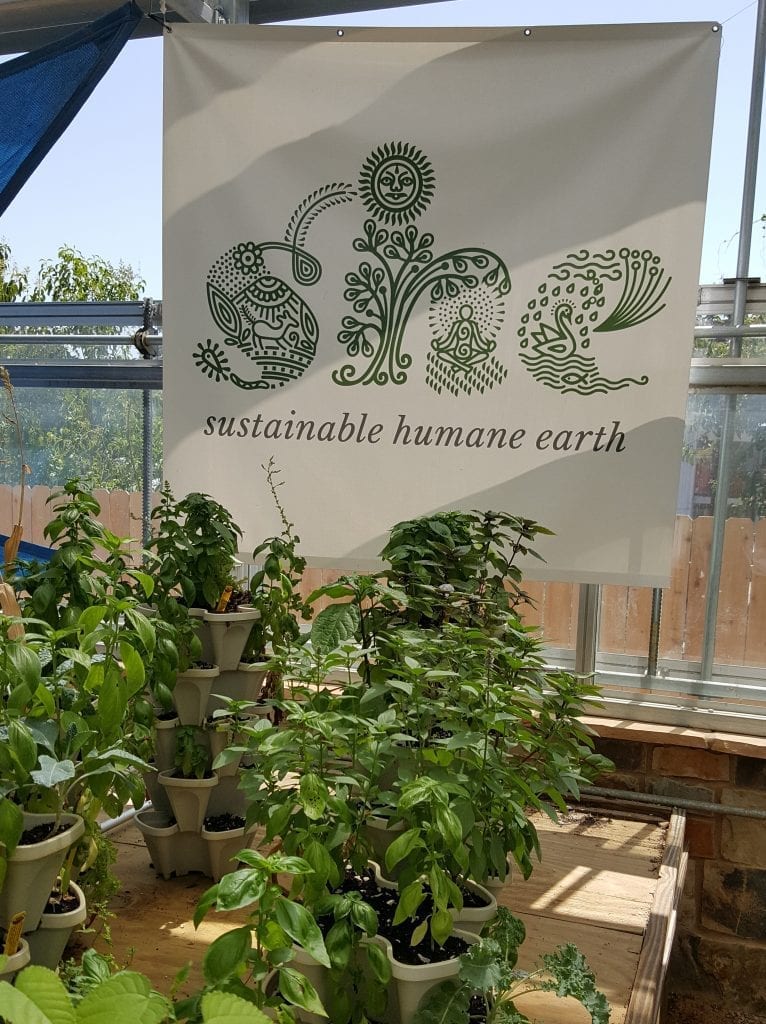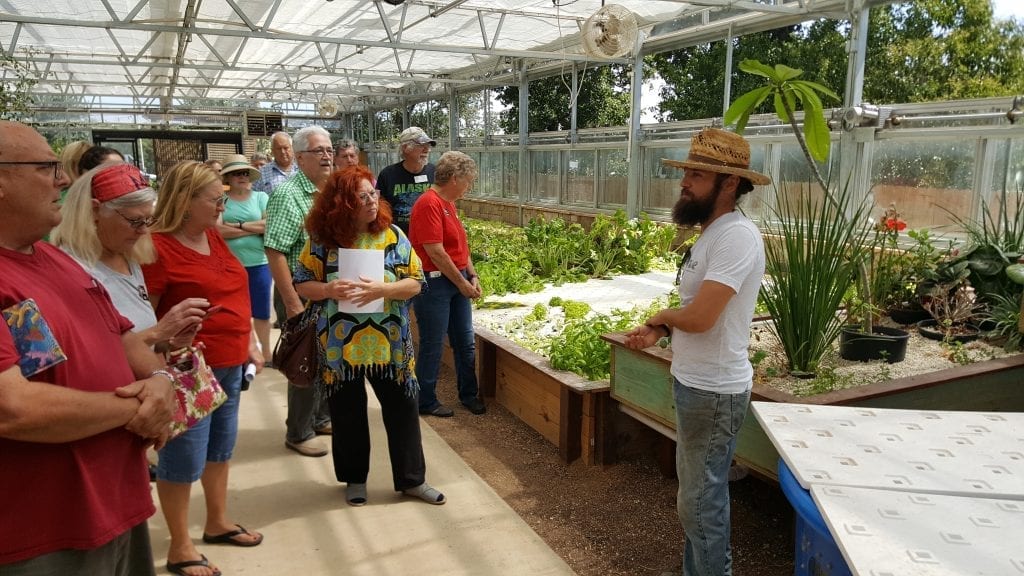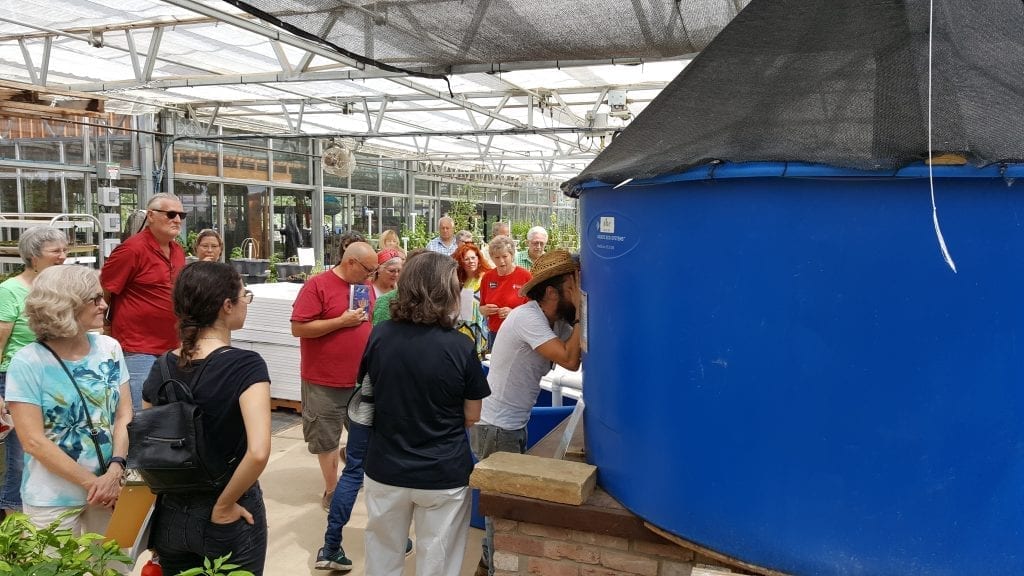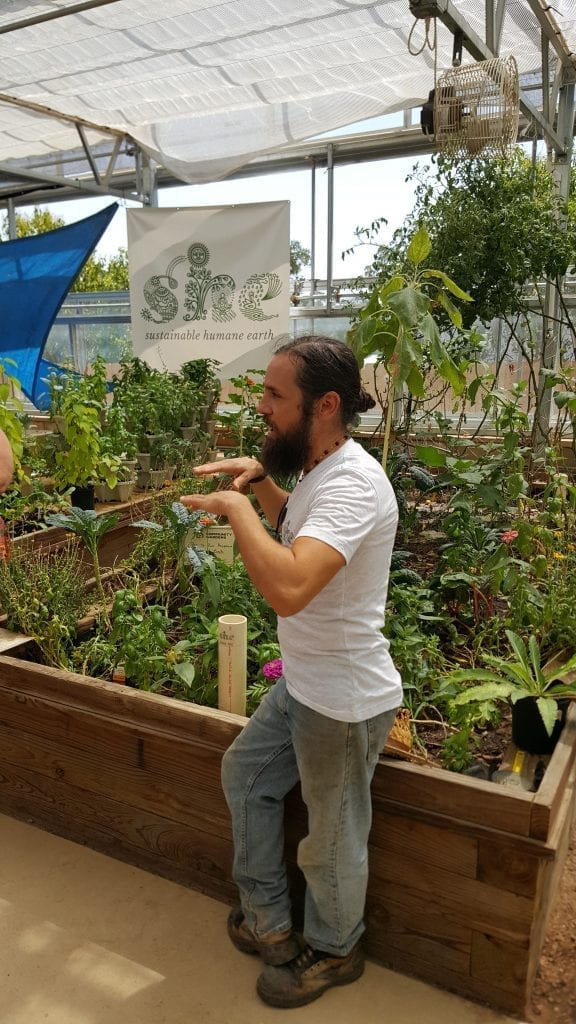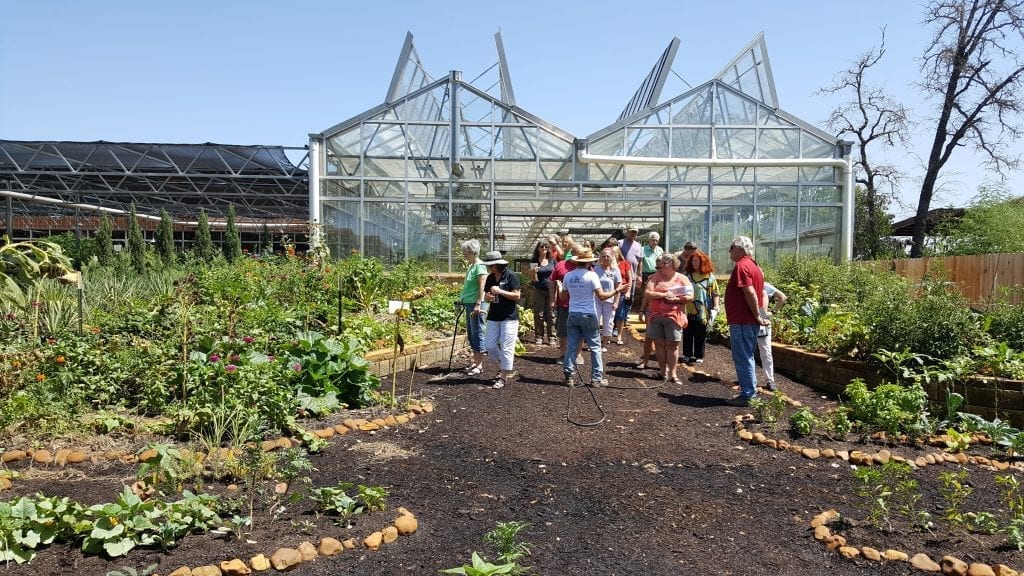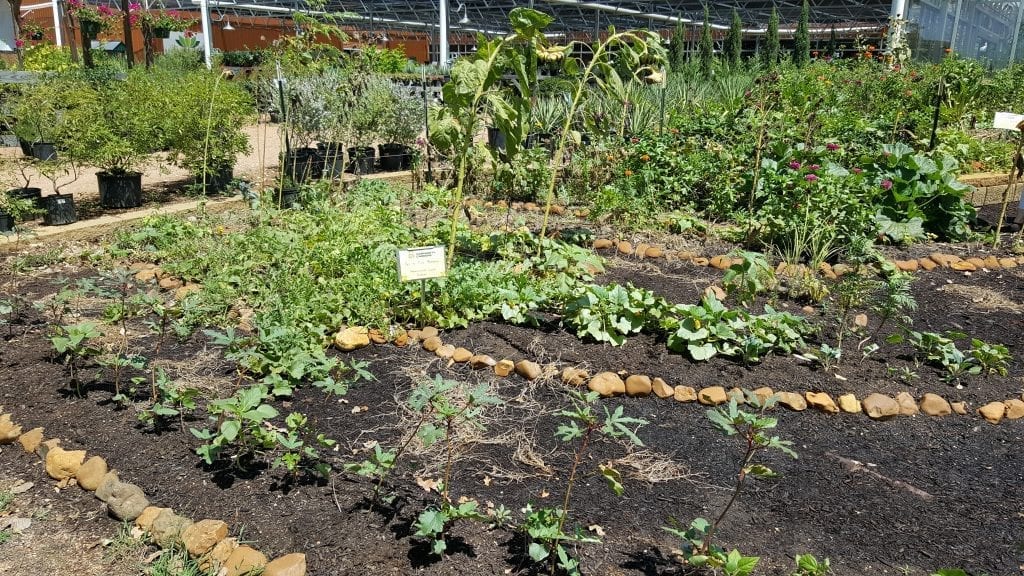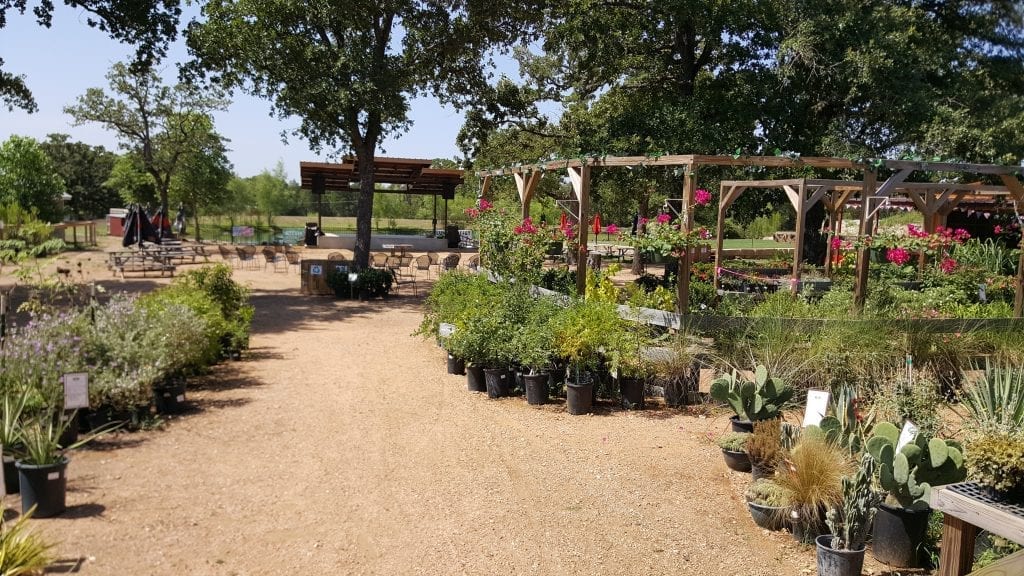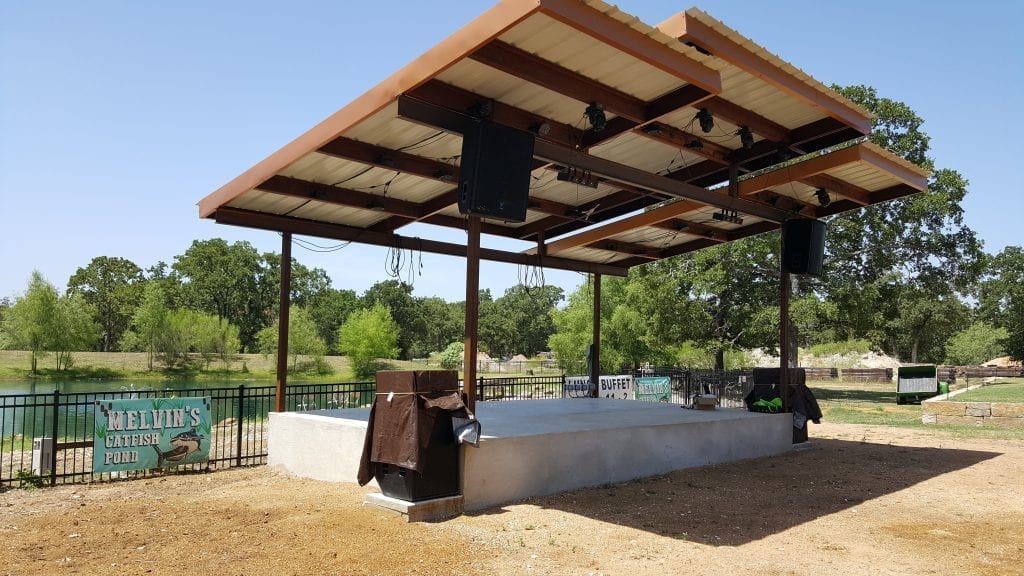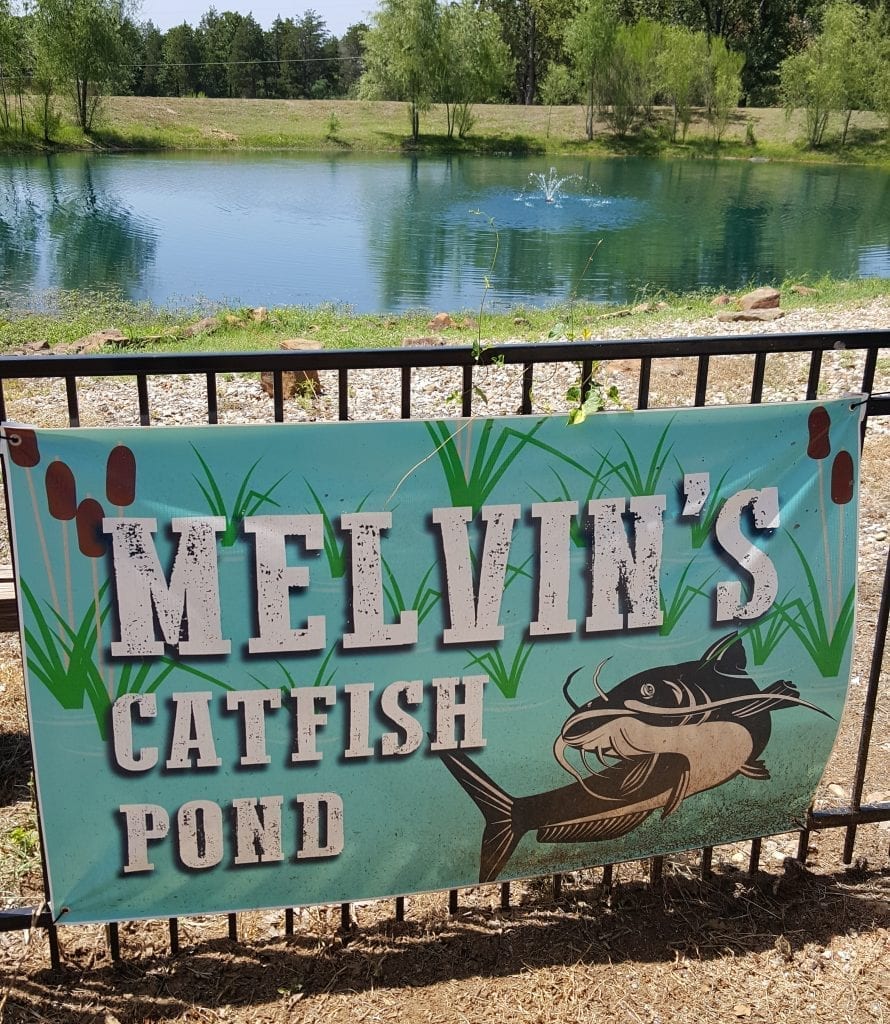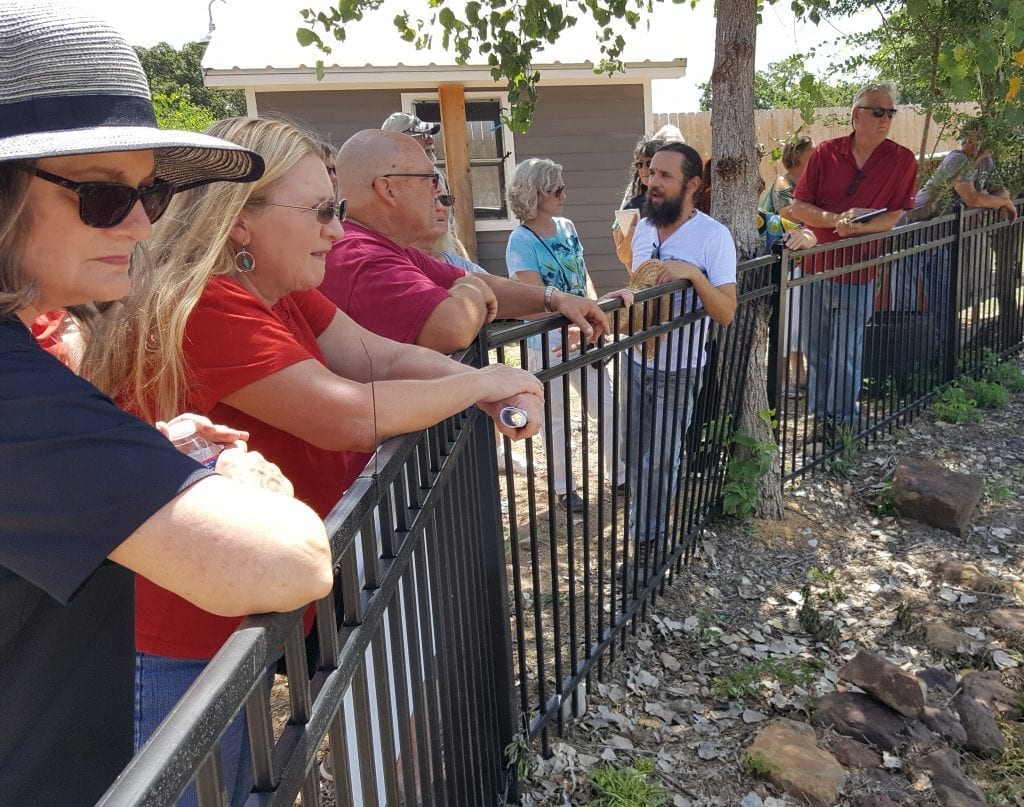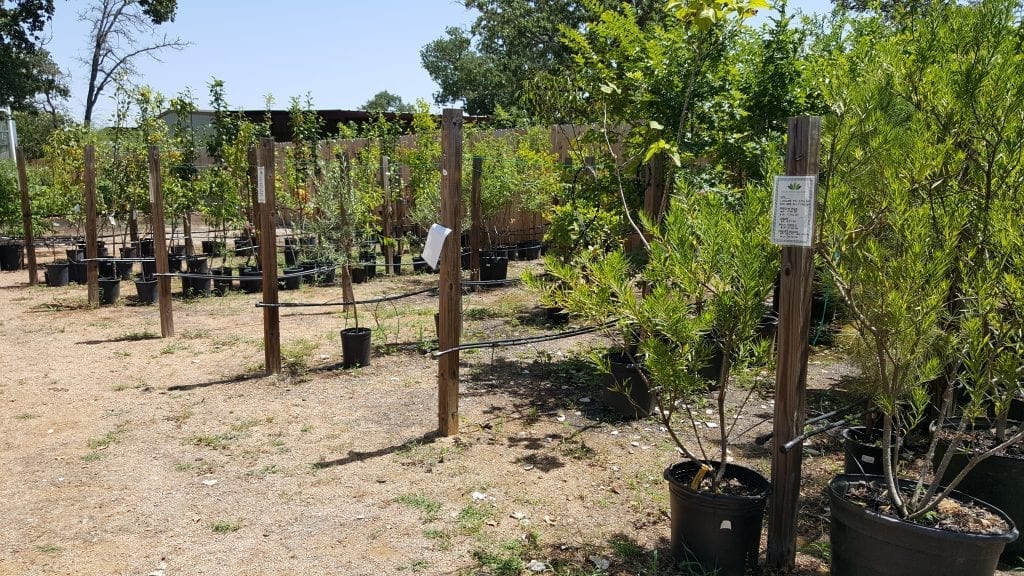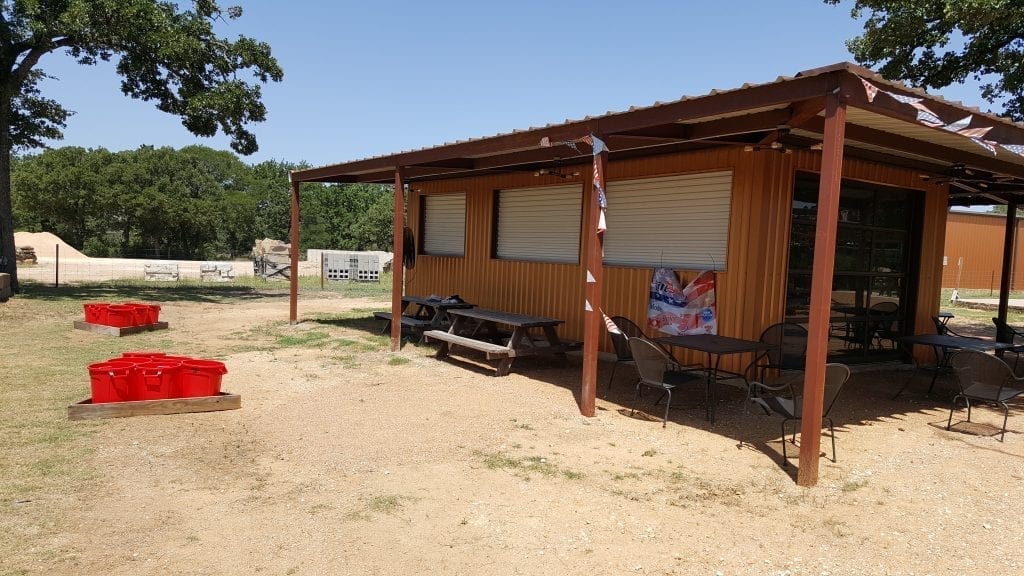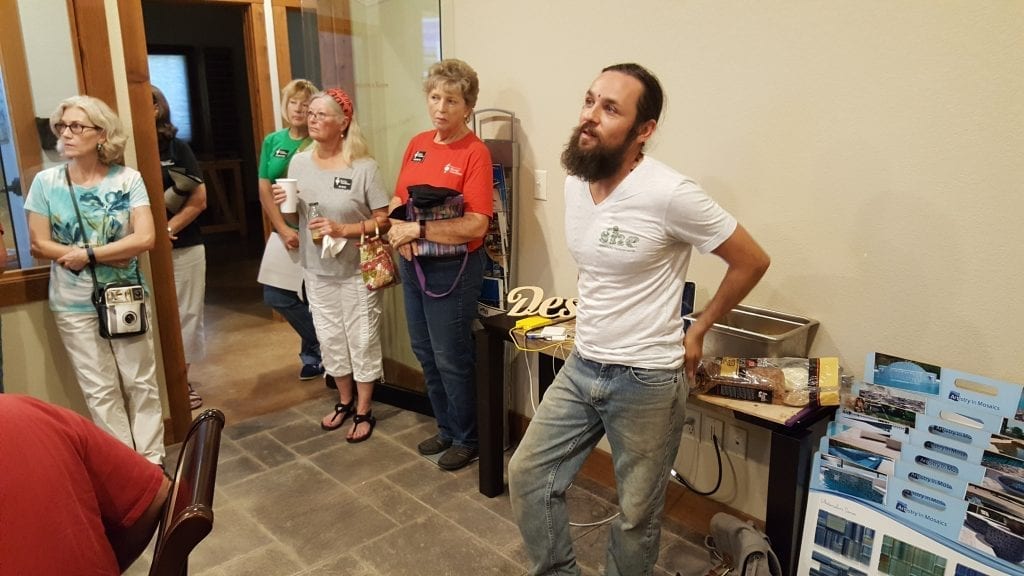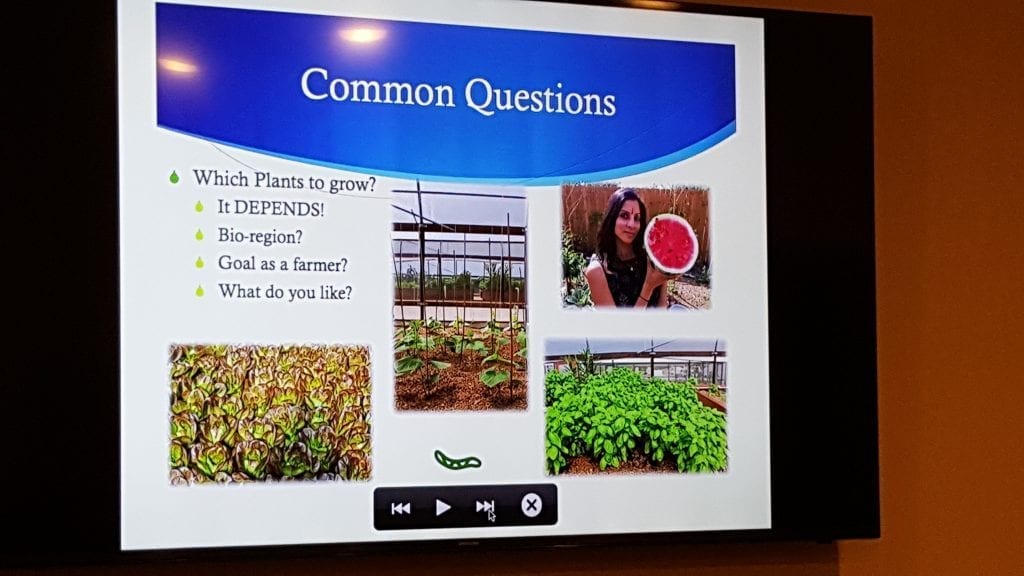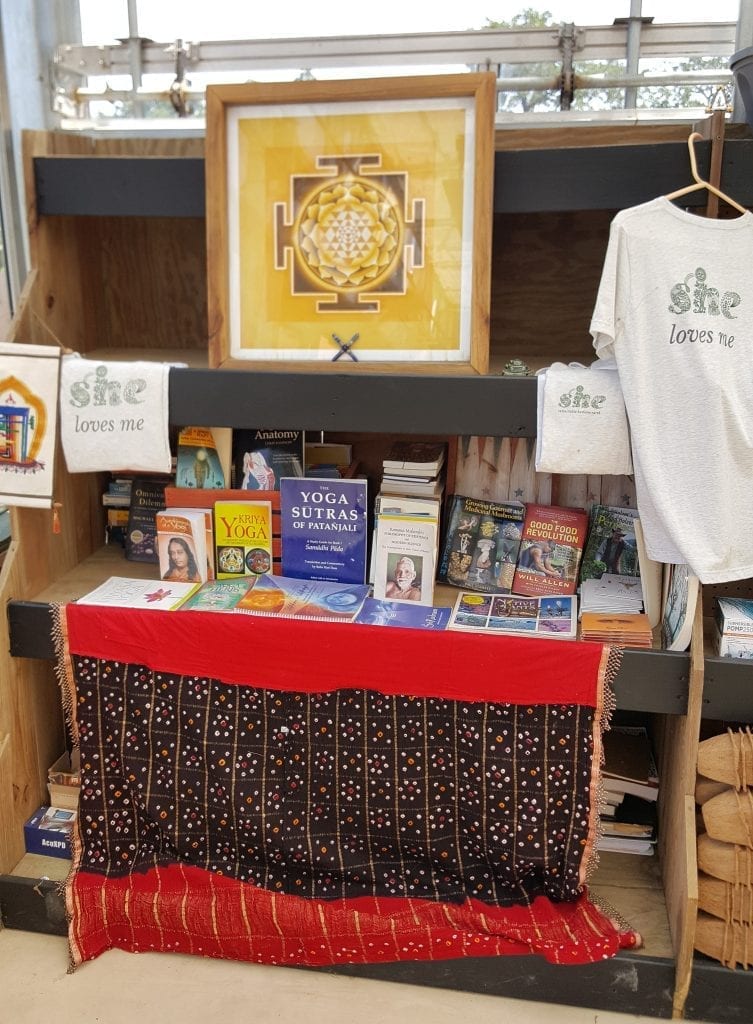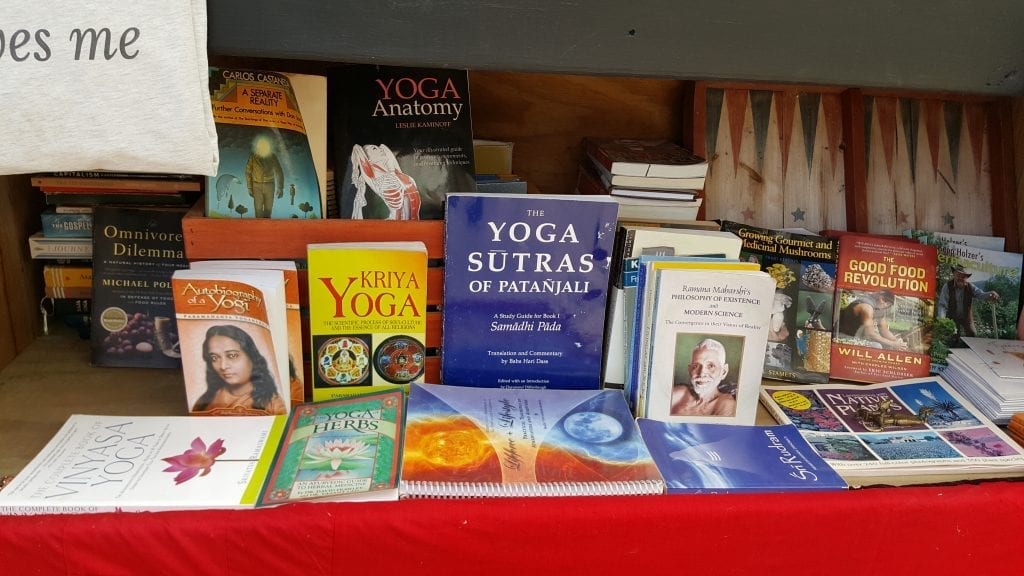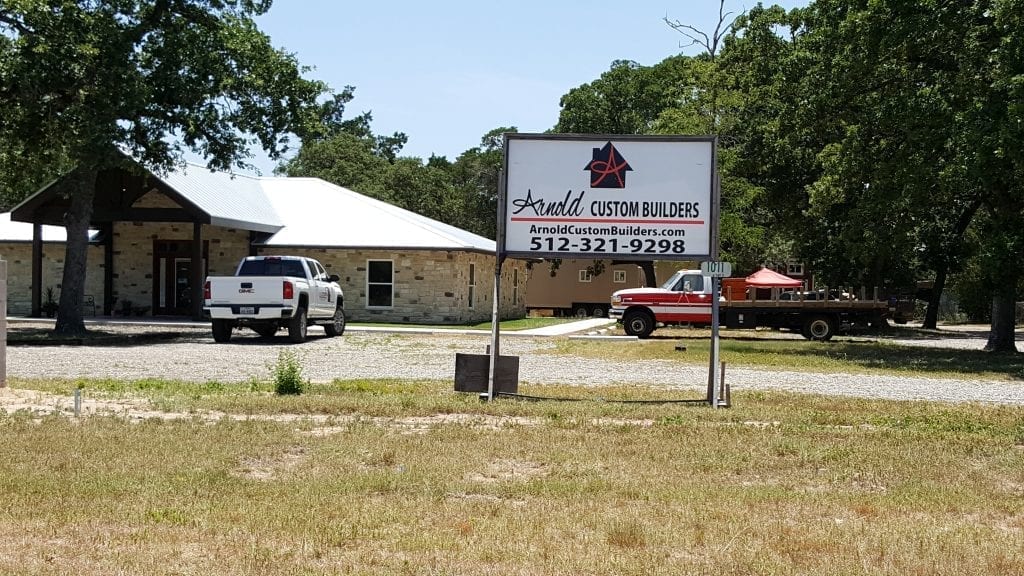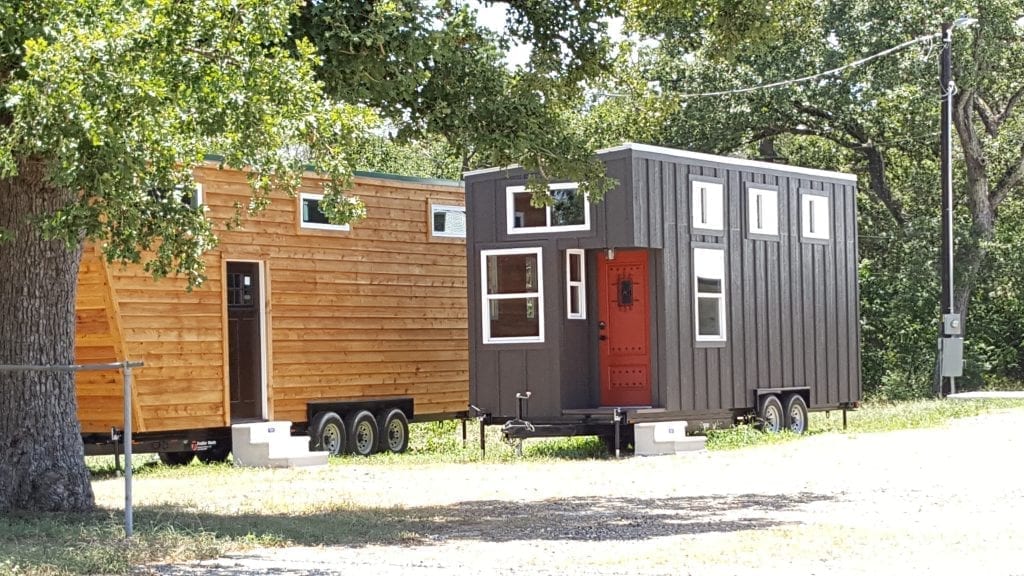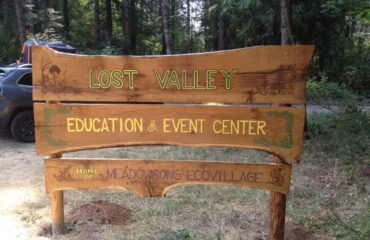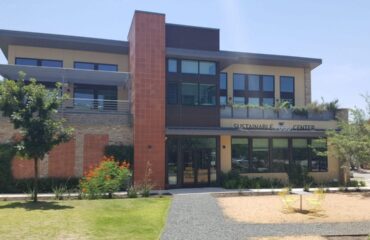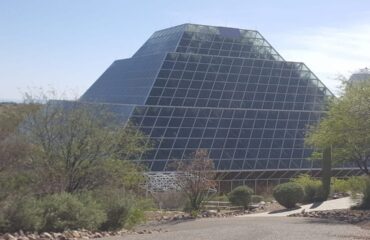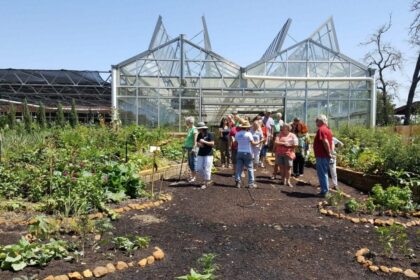
Community Gardens – Aquaponics 101
The Community Gardens in Bastrop, Texas, really caught me off-guard because it was cooler than I expected, and that was even before I went through the free Aquaponics 101 class with Tyagaraja Welchthe (a.k.a Tyaga), resident permaculture and aquaponics practitioner, and owner of Sustainable Humane Earth in this business complex.
“At Community Gardens we have partnered with local business to provide quality local products and services to the community! We are an indoor/outdoor market place. We have a plant nursery, boutique, sustainable living systems such as aquaponics and a chicken coop. We also have a custom pool company, Landscape and custom home professionals to help with all your indoor and outdoor home needs! We want Community Gardens to be a unique and hands on experience for the entire family. We will be hosting many classes and events that will engage everyone from the smallest to the oldest and everyone in between. We look forward to serving you the next time you come by.” — Community Gardens Webpage
This is the view from the front of the Community Gardens complex, which used to be a former Calloway’s Nursery until it went under financially and these businesses moved in. While they don’t identify as a co-op, it has that sort of feeling once you enter the building.
Here’s a picture of the main sign for the highway traffic, in the middle of the parking lot.
As you cross over the bridge to the main building, you walk over the on-site pool that stretches under the walk-way bridge, and serves as Runkle’s Custom Pools & Spas outdoor exhibit!
On the other side of the courtyard is some custom landscaping with plant signage, as well as an outdoor grill pavilion to highlight Landmark Landscape Group’s design and construction services.
As you walk into the main Community Gardens building, you see various free standing kiosks of local artists’ crafts as well as other products like furniture, bird feeders, pool supplies, and hydroponics equipment! I think this is such a cool concept!!
Under the central, interior pavilion are the honey and wax products made by local producers. There are also some bee keeping books and handmade top-bar bee hives for sale!
After we mingled around, I introduced myself to Tyaga and found out he also earned his permaculture design certification in Eugene, Oregon – so we know some of the same people! (Small world!!)
We began the tour in the greenhouse, where he has the hydroponic and aquaponic systems set up for public display and food production. The vertical hydropoinc systems use stackable planters sold by Mr. Stacky, which are also available for purchase in the shop.
This is another hydroponic display where the beds are raised and the water is circulated through the main water tank in the middle of this setup.
Tyaga’s non-profit is called Sustainable Humane Earth, which serves a wide blanket of actions using Permaculture Principles, such as:
- Earth Activism
- Water Catchment and Conservation
- Land Rejuvenation
- Earth Works
- Top Soil Growth
- Aquaponics (as partners with Austin Aquaponics)
- Vedic Arts and Science
- Urban Permaculture Farms
- Localized Food
- Food Forestry
- Indigenous arts and culture preservation and education
- Workshops and Education
- Full Production Festival called Art.Music.Life. encompassing
We gathered around the edge of the floating raft bed and Tyaga explained the process of how the nutrient rich water comes out of the raised fish tank, enters the filtration bed for added precaution with any harmful contaminants, and then flows into the raft bed. Once the cycle is complete, the raft bed water is then pumped back into the fish tank to be used all over again!
A few steps over we talked about his fish and tank setup, which utilizes a higher elevation to gravity feed water into the plant beds. The biggest issue he has with this setup is the peak window into the tank, which lets in light and allows allege to grow. (So he has to scrap it off frequently.)
A few more steps from the tank and he told us about his layered wicking bed systems, utilizing a water liner to hold water within a pebble rock layer below a planting medium so plant roots can reach down and absorb the water in the rock layer! All he has to do is look down a PVC pipe spout and add water whenever it gets too low! Ingenious!!
The tour continued outside to some of the garden beds he planted using a no-till method, meaning there was no digging into the soil to make these gardens! Other benefits to this garden are that they are on contour lines, using keyline design, so the rain water coming from the green house roof is slowly moved and collected through elevation design – not just flowing straight down hill!
The tour continued past part of the Graystone Garden Nursery, down to the music stage, catfish pond and on-site chicken coop.
Incorporating a music stage adds to the brilliance that is the Community Gardens by adding the value of being a local music venue with plenty of seating and outdoor space!
Behind the stage is Melvin’s catfish pond, serving as the final catchment pond for all the rainwater that flows off the buildings down hill!
Graystone Garden Nursery also had a small tree nursery off to the side of the property that featured an elevated drip system so the trees could be easily moved and replaces without having to mess with the watering system!
The Community Gardens also has a sizable craft beer shack out back near the music stage which opens for big events and concerts, as well as some games like cornhole and a bucket ball toss!
After the outdoor tour, we went inside and Tyaga gave his presentation on his past experiences and the technical nature of aquaponics, like nutrient balancing and preferred species of fish.
His common questions slide reminded my of one of my permaculture teachers, Brian Byers, who would always respond with “It Depends!” (While it was an acceptable response and he would follow up with clarifying questions, it did ‘erk’ me because I was hoping for a straightforward response because that’s how I prefer to learn.)
I walked around the Community Gardens for a bit longer to check out some of the local artists’ crafts, and network with some of the other tour attendees. I also swung by Tyaga’s product stand in the greenhouse to see what books he sells, and he has some good ones!
I left Community Gardens and drove down the road to get back onto the highway, and came across Arnold Custom Builders which had several tiny houses being built onsite! I was pretty impressed to see them less than a mile away from the gardens, and how progressive Bastrop was getting with some of its industries.
Insights
I had my expectations blown wide open with Community Gardens, especially being in Bastrop, TX, where I didn’t think this kind of progressive industry and business had taken hold yet.
The Community Gardens model is one I would love to work at and recreate as a franchise in other locations, that’s how highly I think of this place – especially since they can share the price of the property and utilities, which can be kept even lower if sustainable practices and waste stream systems are put into place, like with water conservation.
If I could somehow work here, while learning from Tyaga and getting plugged into the permaculture scene and urban farm community in Austin – I’d relocate and live with my grandparents in Bastrop in a heartbeat!
Resources
- Community Gardens Webpage
- Community Gardens Facebook
- Sustainable Humane Earth Facebook
- Tyagaraja’s Website
- Tyagaraja’s YouTube Channel
Articles
N/A
Videos

